General Atomics releases FUSE—an open-source fusion power design tool

Earlier this month, General Atomics made its Fusion Synthesis Engine (FUSE) software available to others who want to design and build magnetic confinement fusion power plants.


Earlier this month, General Atomics made its Fusion Synthesis Engine (FUSE) software available to others who want to design and build magnetic confinement fusion power plants.

The Department of Energy is proposing to fully decommission the Submarine 5th Generation General Electric (S5G) prototype at the Naval Reactors Facility on the Idaho National Laboratory site. Along with the Environmental Protection Agency and the state of Idaho, the DOE has initiated a 30-day public comment period (ending November 14) on the planned end state for the facility and its defueled reactor vessel.

Yesterday morning as Amazon, X-energy, Energy Northwest, and Dominion Energy were sharing a spotlight celebrating their investment in X-energy’s high-temperature gas-cooled reactor technology, the Department of Energy opened up the application process for up to $900 million in cost-shared funding to support the initial domestic deployment of a different type of reactor—light water reactors generating about 300 MWe that the DOE calls Gen III+ small modular reactors.

Craig Piercy
cpiercy@ans.org
Twice a year, the ANS president and I work with the general chair of our next national meeting to set the theme of the event.
It’s no easy process. Sure, one can be anodyne, picking anything with “collaborations” or “partnerships” in it—perfectly acceptable but easily forgotten. “Partnerships for Innovation.” Yay! Wait, what?
The true goal is to capture the zeitgeist, the vibe that can frame properly a fulsome conversation around the state of applied nuclear science and technology at this particular moment in time. Yes, our theme is intended largely for the opening plenary, but I’ve often seen speakers use it as a conversational leverage point in the technical and executive sessions that follow.

Tech giant Amazon announced Wednesday new partnerships with Dominion Energy and X-energy to develop and deploy 5 gigawatts of nuclear energy to power needs across the country over the next 15 years.
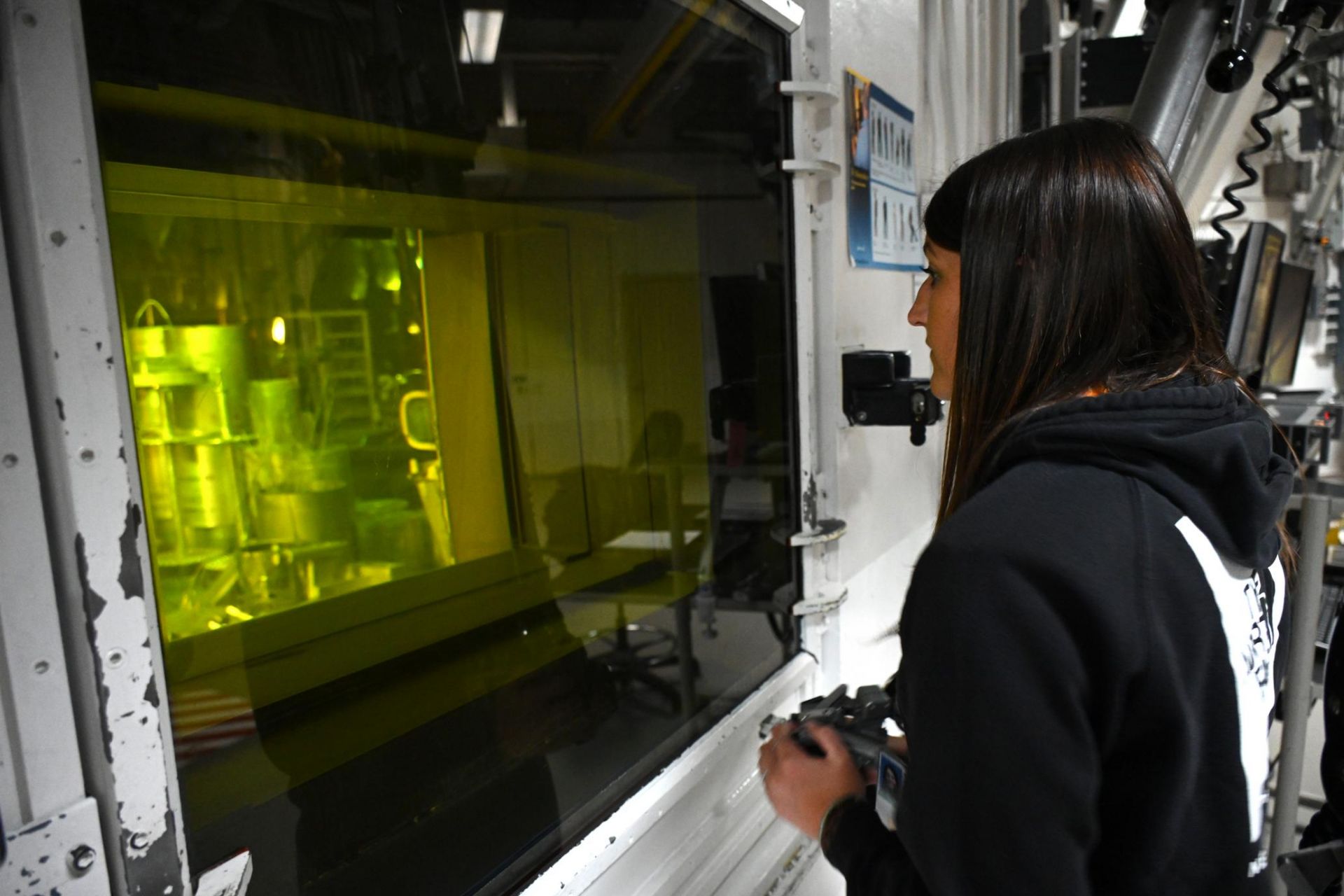
Oklo Inc. announced yesterday that a safety design report for the Aurora fuel fabrication facility the company plans to build at Idaho National Laboratory has the approval of the Department of Energy. At the facility, Oklo plans to use high-assay low-enriched uranium (HALEU) that has been recovered from used Experimental Breeder Reactor-II fuel to produce fuel for its first planned microreactor—dubbed Aurora—which is also set for deployment at INL.
ANS CEO Craig Piercy welcomes tech industry's plans to build nuclear energy projects
Washington, D.C. — Craig Piercy, CEO of the American Nuclear Society (ANS), issued the following statement:
"The American Nuclear Society applauds the announced partnerships between Google and Kairos Power and by Amazon and X-energy. Together, these deals will add at least 820 megawatts of zero carbon electricity to the U.S. energy supply. This is a major step toward securing the commercial deployment of advanced nuclear technologies that will make the world a cleaner and more prosperous place."

More than 4,700 attendees recently filled the Augusta Convention Center in Georgia in search of higher education and career opportunities during the Savannah River Site Central Savannah River Area College Night. The Department of Energy’s Savannah River Site is in South Carolina.
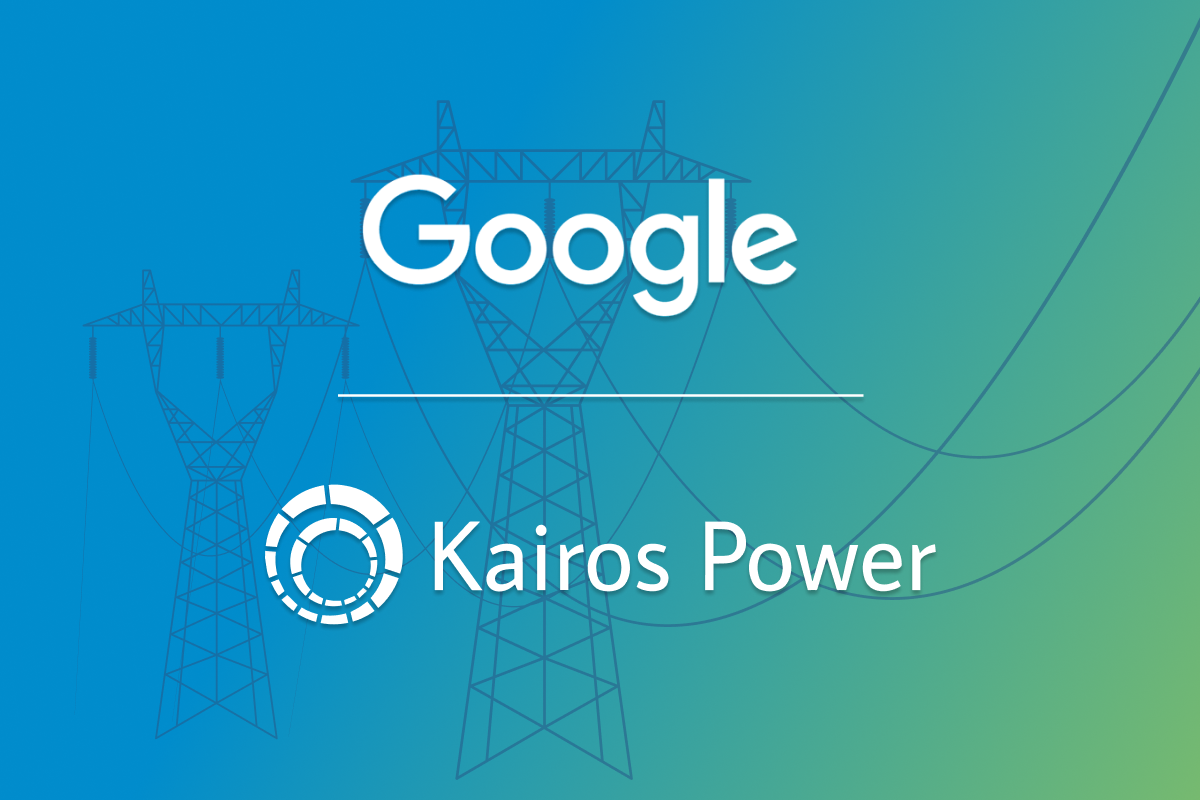
Kairos Power and Google announced over the weekend a new power purchase agreement to provide the tech giant with 500 megawatts of clean energy by 2035.
Under the agreement, California-based Kairos Power will develop, construct, and operate a series of advanced reactor plants and sell energy, ancillary services, and environmental benefits to Google. Plants will be sited in “relevant service territories” to supply clean electricity to Google data centers. The first reactor is planned to be deployed by 2030 to support Google’s 24/7 carbon-free energy and net-zero goals.
Employees at the H Canyon Chemical Separations Facility at the Department of Energy’s Savannah River Site in South Carolina recently began the dissolution of nuclear material from a Japanese research reactor, leading to its safe disposal.

On October 8, the Department of Energy’s Idaho Operations Office released the draft environmental assessment (EA) Demonstration of Microreactor Experiment (DOME) Test Bed Operations. The draft EA assesses the potential environmental impacts of plans to use the containment dome of the former Experimental Breeder Reactor-II at Idaho National Laboratory’s Materials and Fuels Complex (MFC) to test multiple TRISO-fueled advanced reactor designs on a micro scale.

The Nuclear Regulatory Commission is asking for presentation proposals for a virtual workshop on the storage and transportation of TRISO and metal spent nuclear fuels for advanced reactor designs now under development.
The Nuclear Regulatory Commission has named Robert Lewis deputy executive director for operations in the areas of materials, waste, research, state, tribal, compliance, administration, and human capital programs. Craig Erlanger has been named director of the Office of Nuclear Security and Incident Response (NSIR). Both appointments are effective on October 20, 2024.
The USACE tackles the former military reactor in Alaska

With the recent mobilization at the site of the former SM-1A nuclear power plant at Fort Greely, Alaska, the Radiological Health Physics Regional Center of Expertise, located at the U.S. Army Corps of Engineers’ Baltimore District, began its work toward the decommissioning and dismantlement of its third nuclear power plant, this time located just 175 miles south of the Arctic Circle.

Boemeke

Gebbia
A philanthropic gift recently established the Nuclear Scaling Initiative (NSI)—a collaborative effort to spur a new nuclear energy ecosystem to increase the rate of reactor deployment by 10 times by the 2030s.
A gift of $5 million to the NSI will support a host of resources and work to socialize first-of-a-kind technologies with governments, stakeholders, and opinion leaders needed to bring nuclear energy facilities to market. A second $5 million matching fund will incentivize additional philanthropic support from individuals and institutional donors.
The funding comes from Joe Gebbia, cofounder of Airbnb, and Isabelle Boemeke, a Brazilian fashion model, social media influencer, and executive director of advocacy organization Save Clean Energy.
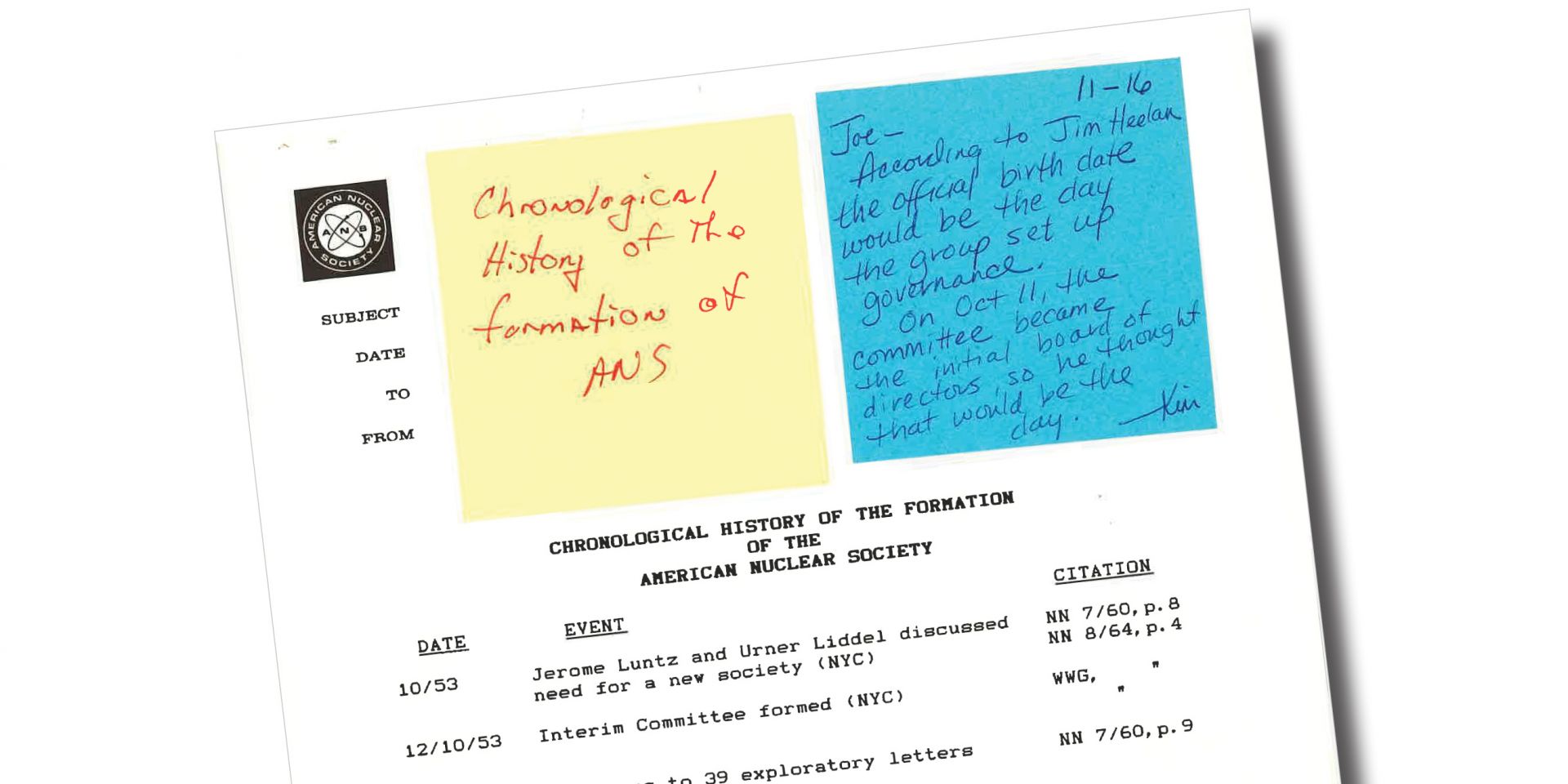
This year marks the 70th anniversary of the founding of the American Nuclear Society.
Plenty of sources incorrectly list our birthday, but the reality is that October 11, 1954, is the correct date for the establishment of ANS.
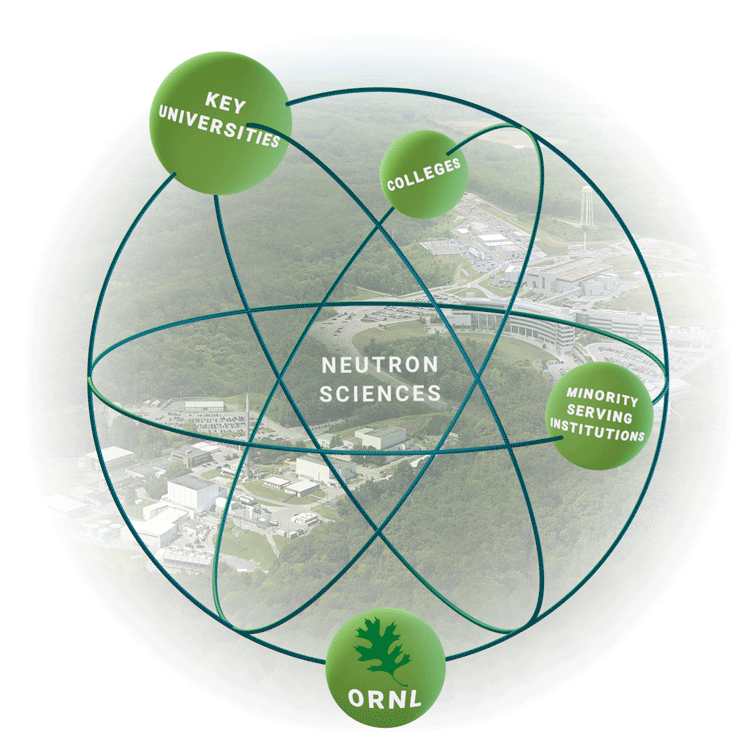
Oak Ridge National Laboratory has launched the first-of-its-kind Neutron Nexus pilot program with the joint College of Engineering of Florida Agricultural & Mechanical University (FAMU) and Florida State University (FSU).
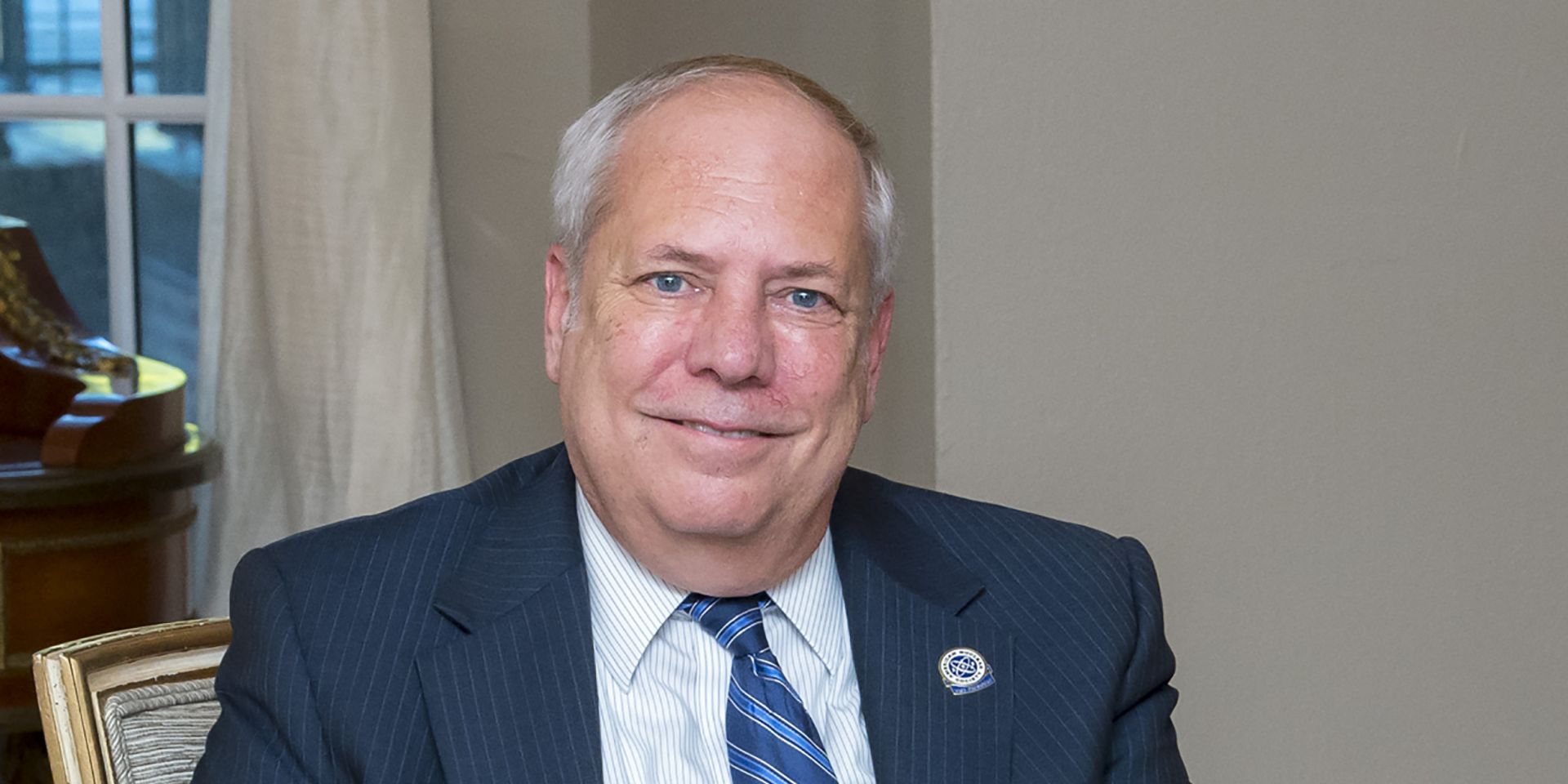
John Kelly, ANS past president (2018–19), passed away peacefully in his sleep on October 3, 2024, in Gilbert Ariz., at the age of 70. Kelly was born on March 9, 1954, and was the eldest of Jack and Aileen Kelly’s six children.
His career, which spanned more than 40 years, began at Sandia National Laboratories in Albuquerque, N.M., where he focused on safety and severe accident analysis. His leadership led him to Washington D.C., where he served as the deputy assistant secretary for nuclear reactor technologies at the U.S. Department of Energy. Kelly played a critical role in shaping nuclear policy and guiding the world through significant events, including the Fukushima Daiichi accident in Japan. At the end of his career, he was honored to serve as the American Nuclear Society’s president. In retirement, he was actively involved with ANS in technology events and mentoring the next generation of scientists.
Kelly is survived by his wife, Suzanne; his children Julie Kelly-Smith (Byron), John A. (Sarah), and Michael (Nicole); and grandchildren Kiri and Kyson Smith and John and Maximilian Kelly. His family was his pride and joy, including his cherished dog, Covie, who brought him happiness in recent years.
In lieu of flowers, donations may be made to the American Nuclear Society or Detroit Catholic Central High School (27225 Wixom Road, Novi, MI 48374). Please designate Memorial and specify John Kelly ’72 Memorial Fund.
In honor of Kelly's commitment to ANS and to celebrate his life, his profile from the July 2018 issue of Nuclear News is published below.
Statement from ANS on Supreme Court’s decision to grant certiorari to NRC v. Texas
Washington, D.C. — The American Nuclear Society (ANS), a nonprofit representing over 10,000 professionals in the fields of nuclear science and technology, issued the following statement regarding the U.S. Supreme Court’s decision to grant certiorari to Nuclear Regulatory Commission v. Texas:
The Department of Energy announced yesterday a total of $49 million in funding for 19 projects in the Foundational Fusion Materials, Nuclear Science, and Technology programs that span functional and structural materials R&D for heating technology, magnet technology, blankets, fuel cycle, and first wall research.